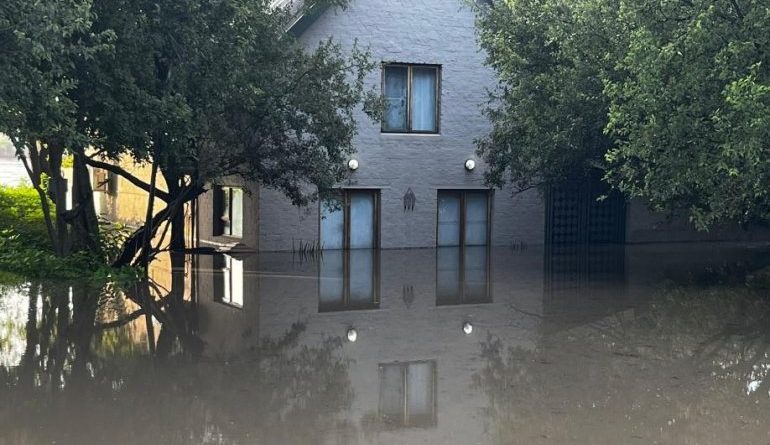Flooding along the Vaal causes major damage to luxury and resort properties
The Department of Water and Sanitation has issued a warning to communities downstream of the Vaal and Orange rivers to avoid floodplains due to heavy rains. The opening of sluice gates in the Vaal Dam has caused significant flooding in Gauteng and Central South Africa, resulting in damage to homes and infrastructure, as well as evacuations.
“Flood damage can have significant financial and personal consequences for individuals,” says Tarina Vlok, MD at Elite Risk, a specialist high net worth insurer and a subsidiary of Old Mutual Insure, who says that living alongside South Africa’s scenic rivers may seem appealing, however, it comes with risk.
“High-value properties and holiday homes situated close to riverbanks can be vulnerable to flooding which poses a great risk for riverfront property owners. Even with flood control systems in place, varying water levels and flash flooding still occur. We must also remember that many of the floods that have recently taken place are due to controlled water release, which means authorities are doing what they can to manage the situation. Still, the fallout from flooding often leads to extensive property damage and expensive, time-consuming repairs.”
With the increase in frequency and severity of natural disasters like heavy rains, brought on by the prolonged wet weather phenomena called La Niña, Vlok says it is important for South Africans to ensure that the risks relating to these properties – whether primary or holiday residences – are managed where possible.
One of the ways to manage risk is to transfer it to an insurer. However, insurers may also have requirements to mitigate flood risk.
“Unfortunately, insurers’ risk appetite to offer insurance in flood-prone areas is also reducing, so when undertaking a new build, always speak to your insurer or broker first,” says Vlok.
Vlok says that the most common losses reported when there is increased and heavy rainfall, include roof leaks with resultant damages. But, there are things that homeowners can do to ensure their properties remain as safe as possible.
“We often see that these damages are as a result of perished waterproofing or gutters which are not kept clear of debris. To avoid this, we always encourage clients to have their roofs maintained regularly, but especially annually before the rainy season. Ensure that gutters are cleared and that all storm-water drainage systems are free of roots and other plant materials. Ensure that your perimeter walls are not damaged by plant roots, which grow more proficiently during rainy seasons. Most insurance policies do not cover damages as a result of gradual causes, wear and tear.”
Below she offers the top tips to protect assets against flood-related risks:
• If there is a flash flood, get your family to safety. Never underestimate the power of raging flood waters.
• If you are ordered to evacuate your property, ensure that you comply as soon as possible. Property can be replaced, but lives of loved ones or pets not.
• Maintain your roof regularly before the rainy season.
• Ensure your waterproofing is sound. Waterproofing has a short lifespan and must be maintained regularly to remain effective. Pay particular attention to skylights, verandas and areas where you may have done extensions or alterations.
• Clear your gutters, drains and downspouts regularly. We have seen damages caused by a single plastic bag in a gutter.
• Ensure your windows are sealed correctly and properly.
• Always ensure that your property is correctly and adequately insured to avoid disappointment should you have a claim.
Reduce the Risk of Water Damage and Claims from Home and Household Insurance https://t.co/c35QII545t #WaterDamage #InsuranceChat #Home #Household pic.twitter.com/f60en40kix
— Arrive Alive (@_ArriveAlive) January 19, 2022




